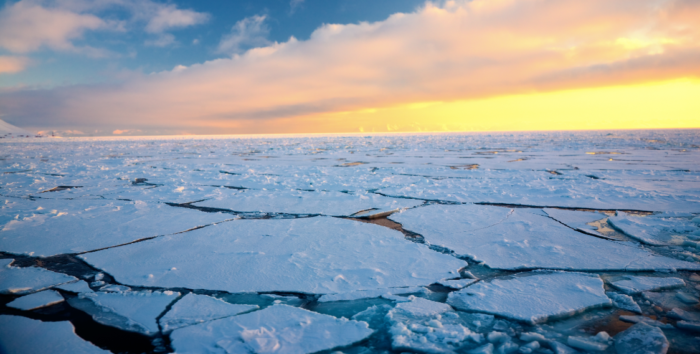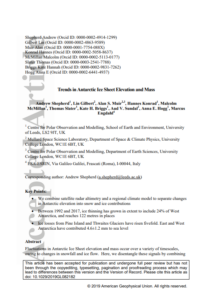In a new study, the UK Centre for Polar Observation and Modelling (CPOM) informed that it has tracked changes in snow and ice cover across the Antarctic. Namely, the continent’s ice sheet has thinned by up to 122 metres in places.
As the scientists explained, the most fast changes are taking place in West Antarctica where ocean melting has caused a glacier imbalance. This makes the affected glaciers unstable, as they are losing more mass.
[smlsubform prepend=”GET THE SAFETY4SEA IN YOUR INBOX!” showname=false emailtxt=”” emailholder=”Enter your email address” showsubmit=true submittxt=”Submit” jsthanks=false thankyou=”Thank you for subscribing to our mailing list”]
Moreover, the study found that the pattern of glacier thinning has not been static. Namely, since 1992, the thinning has spread across 24% of West Antarctica and over the majority of its largest ice streams. These streams are losing ice five times quicker than they were at the start of the survey.
Commenting on the results, lead author and CPOM Director Professor Andy Shepherd, said that in some parts of Antarctica, the ice sheet has thinned by extraordinary amounts. For this reason the team wanted to find out how much of this was because of changes in climate and how much due to weather.
They found that fluctuations in snowfall are leading to small changes in height over large areas for a few years at a time, with the most important changes being reported in ice thickness. These are signals of glacier imbalance that are taking place over decades.
Mr. Shepherd also added that ice losses from East and West Antarctica have contributed 4.6 mm to global sea level rise since 1992.
You may see more information in the PDF herebelow


































































